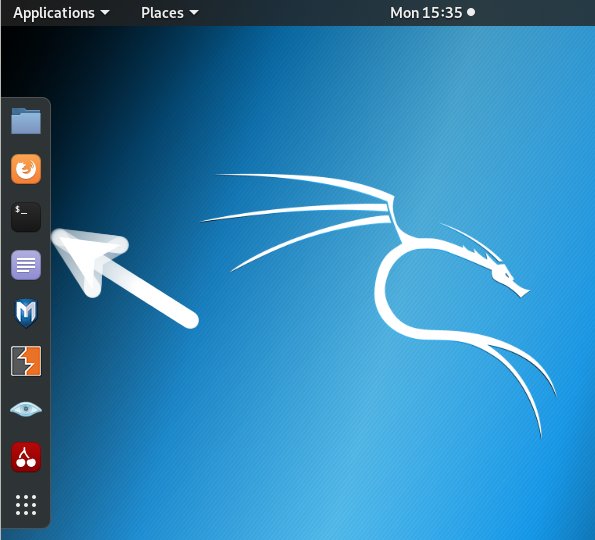GNU/Linux Kali Building Kernel 6.0 from Source Code Guide
Hi! The Tutorial shows you Step-by-step How to Build and Install a New Custom Kernel 6.0 from Source Code in Kali GNU/Linux Desktop.
Especially relevant: this Kali Linux Kernel 6.0 Setup make use of the latest Source Code.
Again this tutorial make it the Easy Way and so is intended especially for Beginners.
Possibly, a very good Alternative is represented by the ready-made XanMod and Liquorix Kernel Setup.
Important to know how this Setup does Not change your existing System and so in any case you will be able to startup with the current Kernel from the GRUB Splash Screen.
For further advanced Kernel Configuration instructions you may see the Linux Kernel Documentation.
Finally, for a Non Bootable System before see: How to chroot on Kali GNU/Linux Tutorial.

1. Installing Dependencies
Open a Terminal Shell emulator window
(Press “Enter” to Execute Commands)First, possibly Upgrade your Kali System with:
sudo apt update && sudo apt upgrade
And when a New Kernel is installed, to Reboot run:sudo reboot now
Then play:sudo apt install build-essential libncurses5-dev fakeroot xz-utils libelf-dev
Authenticate with the User Admin Pass.
If Got “User is Not in Sudoers file” then see: How to Enable sudo.How to QuickStart with Command Line on Kali GNU/Linux
2. Making Target Directory
Now make the Target Folder
With:mkdir ~/kernel
3. Downloading Linux Kernel
Download Linux Kernel 6.0 Source Code for Kali GNU/Linux
Grab the tar.xz or tar.gz Archive from the List.4. Extracting Linux Kernel Archive
Then Extract Linux Kernel into the target Directory
First, access it:cd ~/kernel
Then to untar the downloaded Kernel Source into the current Folder run:tar -xavf ~/Downloads/linux*.tar.xz
But if you got “No such file” then see: How to Access Downloads Folder from Browser.
Last, copy the Source into the default location:sudo cp -r ./linux* /usr/src/
Contents
